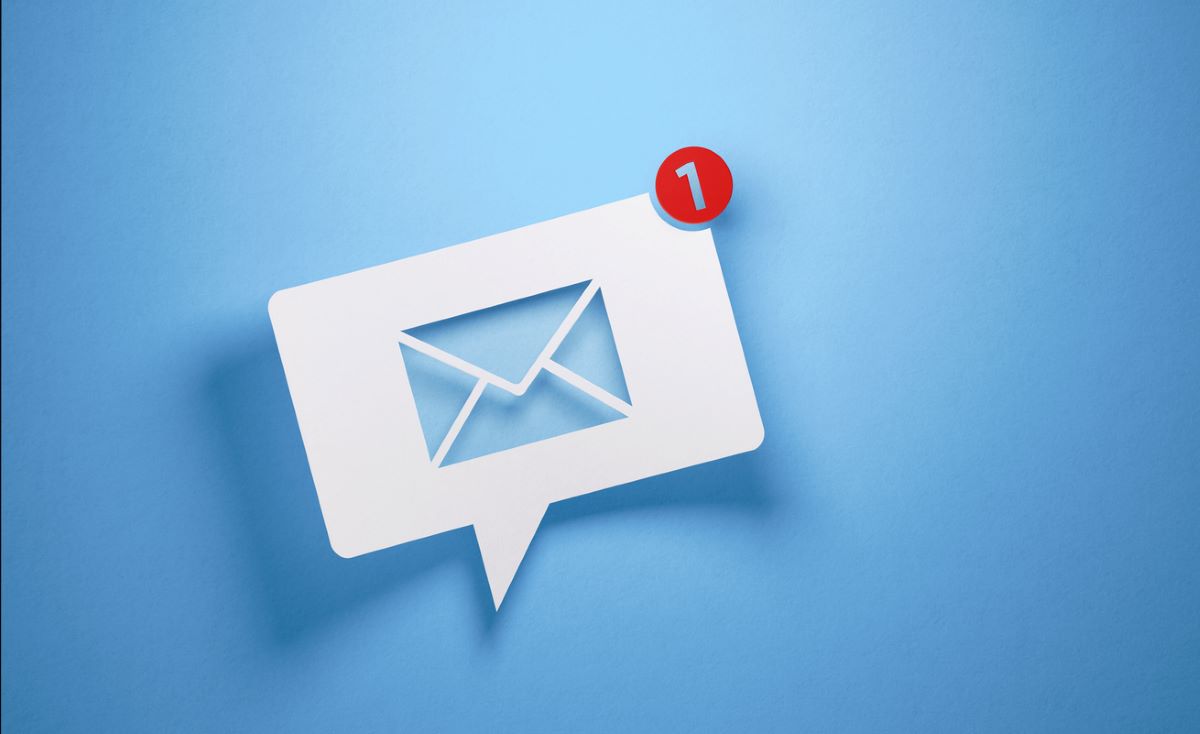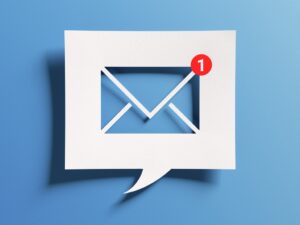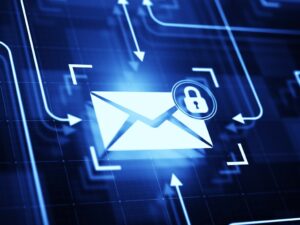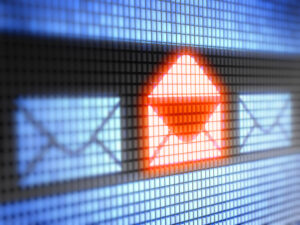9 essentials for crafting better emails
Don’t skimp on the subject line, avoid big chunks of text, and be sure to include a clear call to action.

Email is still the preeminent vehicle for business communication.
Here are nine ways to write better emails to ensure they’ll pop and garner the response you desire.
1. Use a captivating subject line.
Subject lines can make or break your emails. It’s been found that 47% of email recipients open an email based on the subject line alone. But what makes a powerful subject line?
In short, it should provide a clear, direct and compelling description of your email’s content. Jeff Su also suggests that your subject line should include a call to action when necessary.
“Most of us are familiar with a generic ‘action required’ in subject lines, right?” he asks in HBR. “My recommendation is just to take it a step further and include exactly what you need the recipient to do, and the estimated time it takes for them to do it.”
“For example, instead of writing ‘Action required, feedback for project X,’ write ‘Five minutes — survey feedback for project X,’ instead,” Su advises. Using this very simple trick will help give more context to the recipient. In this case, they were asked to fill out a survey quickly.
“Or if it’s not appropriate to include the estimated time, be specific about the call to action,” he adds. “For example, instead of ‘spending estimates for Q4,’ write ‘Elon to approve spending estimates for Q4.’” This lets Elon know what to expect even before he opens the email.
Another trick you can try? Use song lyrics or movie titles.
2. Grab (and hold) their attention.
After crafting an appropriation salutation, get straight to the point.
Pay special attention to your opening line. You might try hooking your reader with an interesting fact or a personal connection of some sort. Just quickly clarify the “why” of your message to ensure you keep them on the line.
3. Avoid the “wall of text.”
What separates the best emails from the rest? Great email avoid flowery language. Joanna Cutrara, a Bay Area writing coach, believes writers should make their purpose clear as quickly as possible. When possible, she suggests, keep emails to five sentences or fewer, and limit paragraphs to three sentences or less.
“If you’re writing an email that you would dread reading, why are you sending it?” she advises.
If you must send longer emails, make sure to format them correctly. Use bold lettering, bullets or numbered lists to break up text and help readers scan key points.
4. Include a clear call to action.
Whether you include a call to action in your subject line or not, make sure you have one in the body of your email.
Just as you would in any conversation, provide clear instructions when you ask for something. If you’d like employees to fill out a survey, specify how, when and why.
A clear CTA should include:
- Specific details and due dates
- Short, tidy paragraphs
- Step by step instructions
- Bold text
5. Provide if-then options.
Sometimes there may be multiple ways of providing information or outcomes. In these situations, list all the options you know are possible for the recipient.
Why? The recipient can select a different option without having to reply requesting more information. And this can drastically minimize back-and-forth emails, as well as prevent you from repeating yourself.
6. Write the kind of email that people look forward to reading.
Typical employees receive 120 new emails a day and have more than 200 emails in their inbox, but only respond to 25% of them. So, it’s safe to assume that not every message is getting through.
One way to improve your chances? Write emails in a more engaging, enjoyable and even inspiring fashion.
In addition to announcing your intentions upfront, you can craft more inspiring emails by trying these suggestions from Alexandra Franzen:
- Every email should include one “big idea.”
- Use statements, as opposed to open-ended questions.
- Be surprisingly generous.
- Be respectful and specific when delivering criticism.
- Display your humanity.
- When possible, include a compliment in your email, not just a demand or request.
- If at all possible, close with the most beautiful or uplifting words you can conjure.
7. Schedule your emails.
Approximately 54% of Americans check their work email within an hour after waking up, according to a survey by Sleep Advisor.
The State of Email Engagement in the United States in 2021 also tracks with this finding. Emails are most frequently read in the morning, according to the report. Open rates begin around 6 a.m. and usually peak between 9 a.m. and noon.
As a result, you have two options. First, send the email bright and early. Or, try to wait until they have more time to go through their inbox — which can be few and far between.
If you send your email first thing in the morning, it might get lost in the shuffle. However, waiting until a later time may prevent your email from being completely dismissed.
Finding out what works best when emailing your team requires trial and error. Time zones also must be considered when writing an email to someone in another country or state. For you, it could be 1 p.m., but for them, it could be 6 p.m. meaning they’re off-the-clock. As a result, think about your recipient and when their attention is peaking.
8. Do one final proofread.
Typos can muddle your messaging and tarnish your reputation.
Rather than firing off emails as quickly as you can, take your time. Let your eyes and mind rest a bit before you hit “send.”
Always give your email one final read-through to check for any errors or potential confusion. In addition, you might want to consider using a tool like Grammarly or Flowrite to help you spot blunders.
9. End your email on a high note.
Your opening sentence is crucial, but so is your closer.
In addition to sharing appreciation and clarifying expectations, closing phrases can be used to express your commitment to lending a hand.
Some suggestions are:
- I appreciate your help/assistance/support/time.
- I look forward to hearing your feedback and ideas.
- Thank you for all you do.
- Please contact me if I can assist in any way.
The examples above can be adapted in an any number of ways. Just try to end your message on an uplifting, energetic note.
Using these tips, you’ll be well on your way to composing emails that reflect your tone and personality–all while getting your message across loud and clear.
Angela Ruth is a writer for Calendar.






